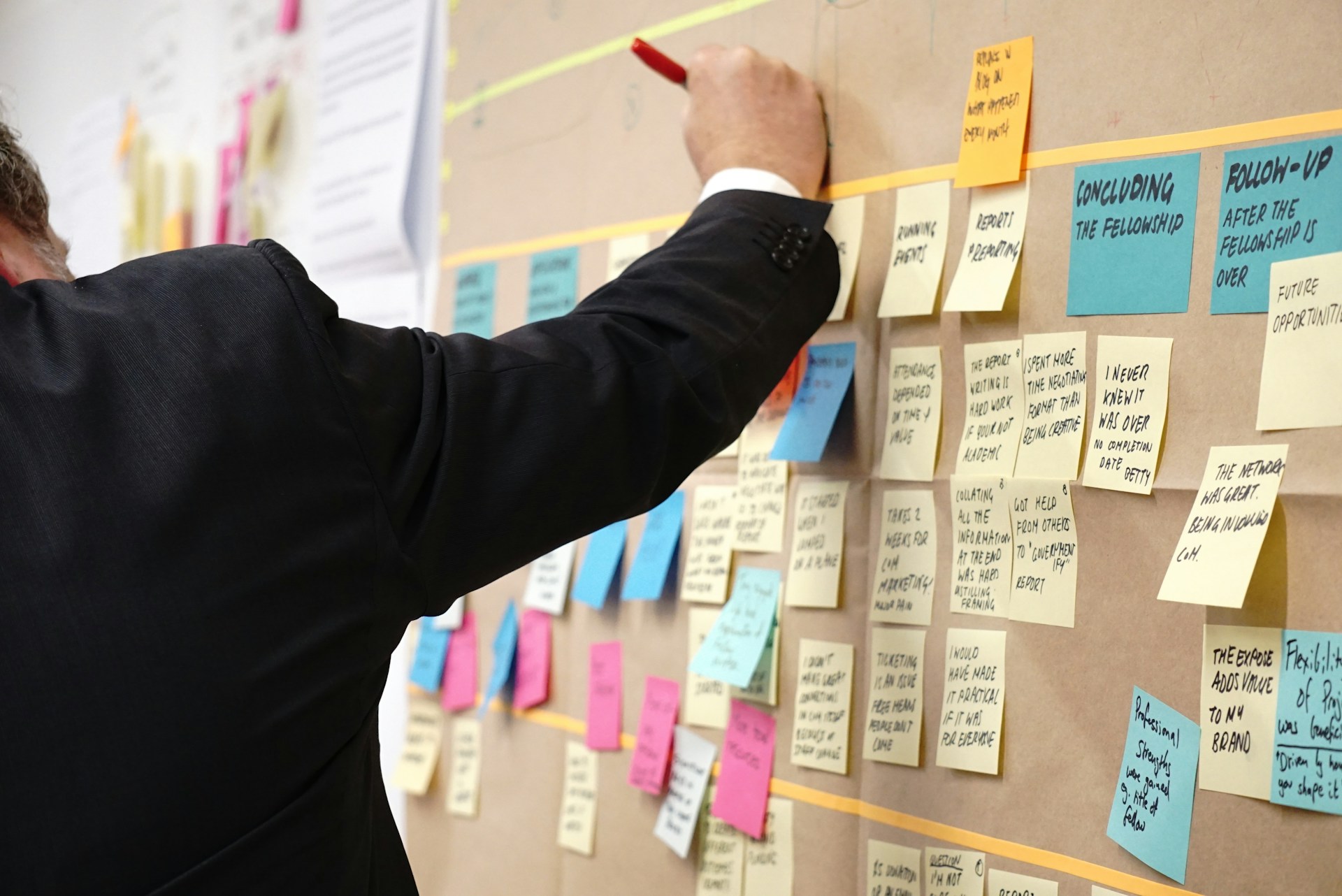Unlocking the True Value of L&D: How Measurement Drives Employee Engagement and Business Success

By Gent Ahmetaj PhD, Head of Insights and Analytics, Mindtools
There is no doubt that organisations are trying to find every way possible to maximise their resources. For Learning and Development (L&D) professionals, this means designing transformative programs that upskill their workforce (in the face of enormous change) whilst also supporting skills gaps and employee engagement. Despite the vital role L&D plays in this, most teams fail to measure impact, leaving much uncertainty around its successes. Indeed, research at Mindtools reveals that only 21% of UK L&D teams assess impact. But how can L&D’s work be truly understood and improved if not measured?
Lack of measurement is more than just a missed opportunity; it’s a strategic risk. Employees are at the heart of every great organisation, and when engagement decreases, so can productivity, retention, and overall business performance. When L&D strategies do not correlate with business goals and are not measured for effect, they risk being perceived as a compliance exercise rather than a driver of engagement and business growth. Many L&D professionals have avoided measurement, for understandable reasons, yet there are ways they can overcome challenges to show value.
The Challenges of Measuring L&D Impact
The role of L&D has seen enormous change as workplaces advance. Whilst its foundations centered on traditional training, it has inherited more responsibility, meaning it could advance to becoming a strategic performance function. But not before measurement takes place. There are multiple reasons it’s largely taken a back seat. It may be that the necessary skills aren’t held in house to monitor performance, or it might be the overwhelming number of tasks, leaving little time for measurement. Or it might be that putting L&D’s impact on a pedestal for all to see is somewhat daunting.
On top of this, many L&D practitioners aren’t required to measure their impact like other departments because it is often seen as a compliance or tick-box exercise. This means L&D and measurement both can slip to the bottom of the priority list. However, without measurement, L&D is not learning from its work; the areas where the organisation has got it right, where it has gone wrong and how their strategies can be improved.
Another challenge is the abstract outcomes of L&D initiatives. Despite factors like employee engagement, psychological safety and employee wellbeing being pivotal to organisational success, they are more difficult to assess than traditional metrics like sales or productivity.
This makes ROI (Return on Investment) difficult to calculate. Consequently, the cost and effort of measurement can be larger than its benefits, particularly for smaller learning programs that have less budget. It can also be hard to show the lineage between program, intervention and resources as there are so many actions happening between every step due to the intangible nature of what L&D fosters.
Helping leadership understand L&D impacts
So without measurement, it’s difficult to show leaders what is being achieved - and what could be achieved. The first step is to align L&D with organisational goals – specifically business and talent strategies. Gain this knowledge from HR, CEOs or even CFOs.
Executives care about outcomes like retention, increasing capability and reducing skills gaps, so to highlight value, L&D teams need to use the right language to convey actions and achievements. This also helps L&D to be seen as a strategic partner driving results, rather than a supporting function. Showing an improvement in a team’s capability because of specific actions is powerful.
Embedding meaningful evaluation
Key to embedding meaningful evaluation into a L&D strategy are relevancy, overall experience and impact.
Relevancy looks at whether the learning content is beneficial to an employee’s role and the organisation’s overarching goals. Overall experience assesses the quality of the learning from beginning to end. For example, the type of materials utilised and how the learning is delivered. Lastly, impact evaluates how much employees are implementing what they’ve learned, and whether the program is driving tangible outcomes.
Triangulation is also interesting. Once initial findings are in play, it’s possible to look for data elsewhere in the business that show evidence of results – perhaps engagement or productivity or retention.
The Win-Win of Measurement
Measuring L&D’s impact is a win-win for both L&D professionals and the business generally. Finding shortcomings is no doubt daunting at first, but seeing measurement as a positive is transformative. It means the function is better informed, adjustments to programs can be made, impacts seen, while leaders can see what needs to happen next.
Knowledge is powerful - even if results are disappointing. It enables L&D teams to improve the programs and show impact, building opportunities for greater credibility and influence within the organisation.
Practical Steps to Get Started
When embracing measurement for the first time, start small. As results of L&D can be abstract, a trial and error approach is fundamental. Start measuring on a program where there is low risk at stake, so it’s possible to learn from steps taken to see results.
Additionally, adopt a research mindset. This isn’t about searching for successes (although that is encouraging), this is about pragmatism, looking for trends, positive and negative.
Don’t get overly bogged down by the data aspect of measurement. Asking the right questions and interpreting results in a way that drives action is important at first. Executives care about stories as well as data, especially in a department as human as L&D. So, instead of reporting that 80% of a workforce found a program useful, share stories about how employees applied new skills to solve organisational problems.
It's important too to consider matching your questions to what you’re trying to find out. If wanting human stories and learning about employee experiences is key, then talking to people via interview is probably best (it can also be the best way to start). If it’s about numbers – how many did what and when, then surveys are likely to be better.
And don’t forget to talk to others. Suppliers may be able to help here, but so can people in your wider L&D network who are experiencing similar situations.
The Future of L&D: A Strategic Partner in Engagement
As more organisations prioritise employee engagement, L&D teams can demonstrate their worth by measuring program impact and then helping leadership understand how to drive better outcomes.
While highlighting L&D’s influence is essential, measurement must also be about continuous improvement. This not only propels L&D’s reputation, but also the success of individuals across the organisation. By focusing on business goals, key metrics that show impact and telling stories to emphasise learning impact in action, L&D drives employee engagement, fosters change and supports business success.



